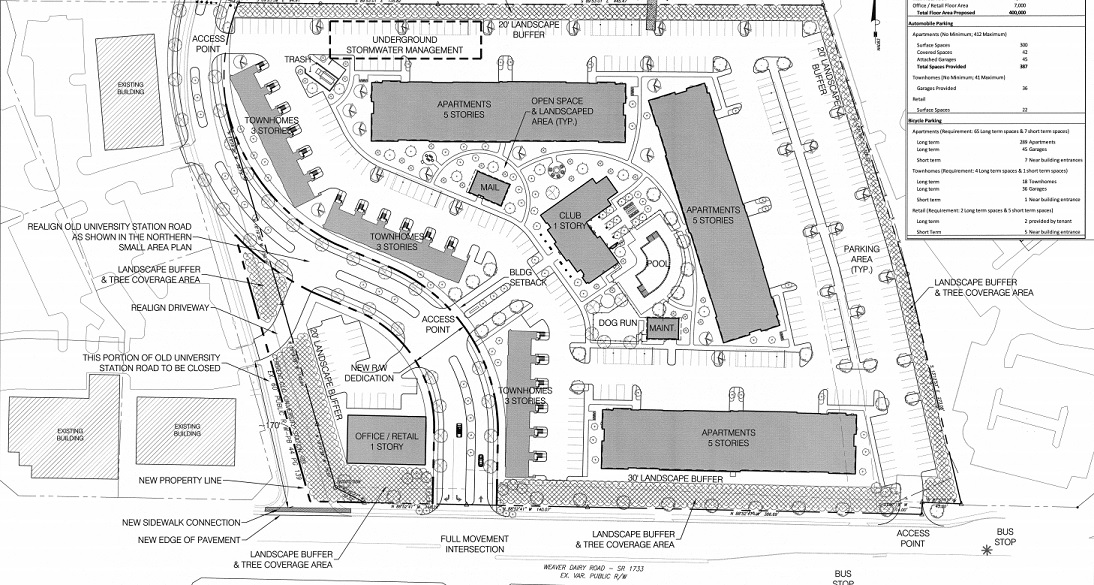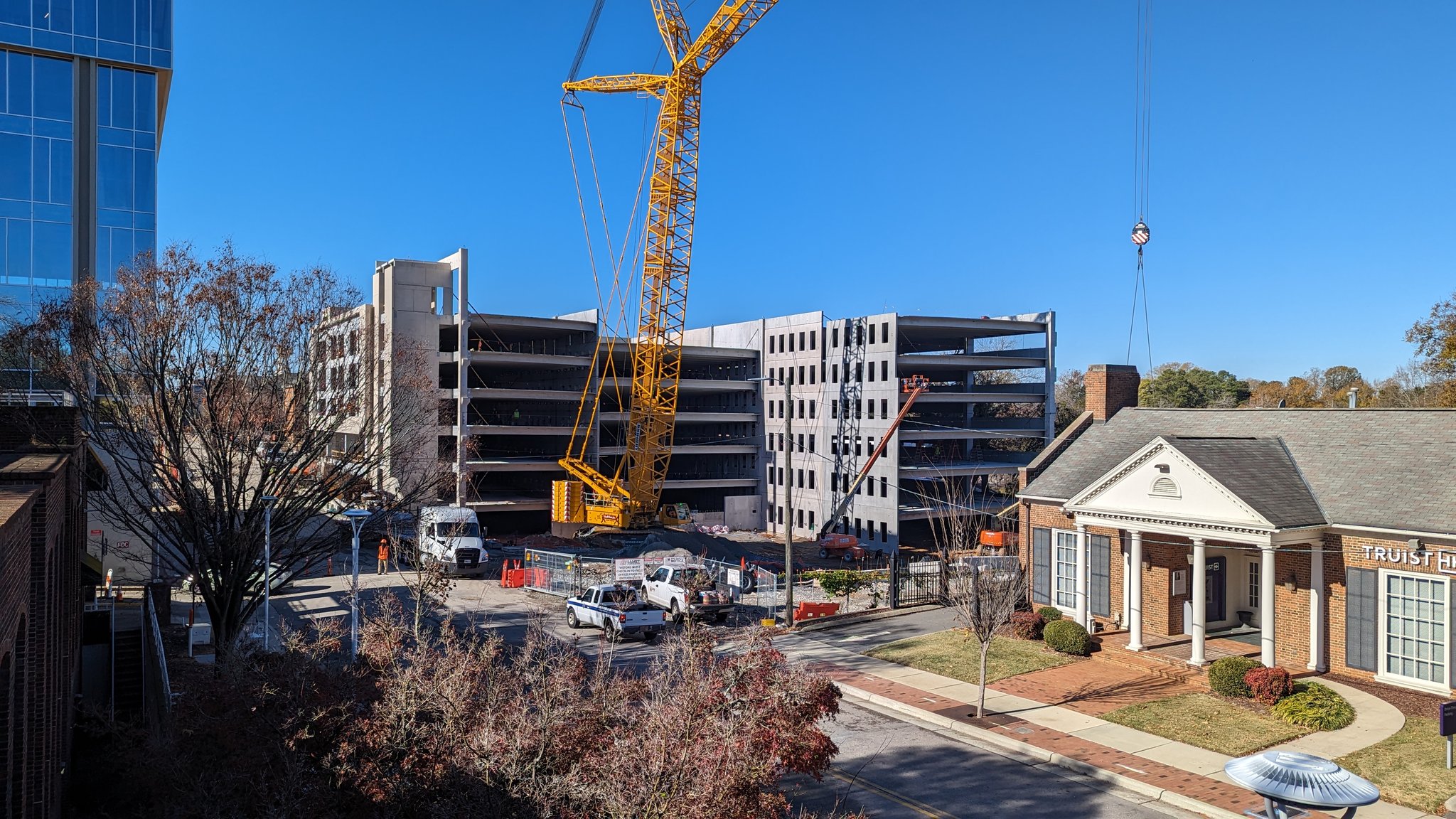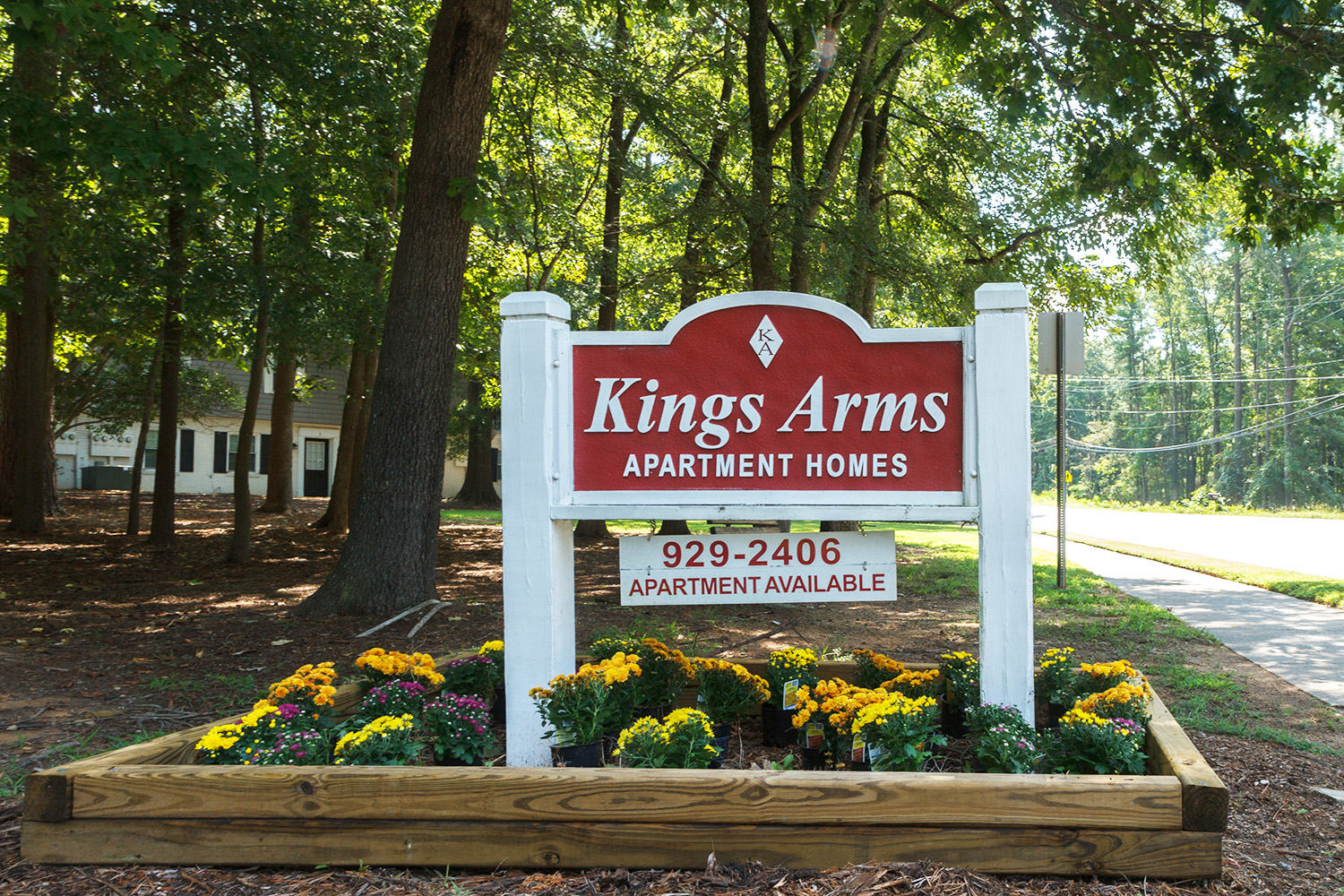The Chapel Hill Community Design Commission did not seem to have many kind thoughts regarding a proposal to bring a multi-building apartment complex and townhome development to Weaver Dairy Road across from Timberlyne Shopping Center.
“It doesn’t speak to Chapel Hill,” one commissioner said. “It doesn’t speak to greenness; it doesn’t speak to sustainability; it doesn’t speak to integration.
“You showed some pictures of some of your buildings in Houston, it would be well suited to Houston maybe but not here.
Bo Buchanan of Houston-based developer The Hanover Company was on the receiving end of these comments. Buchanan said the proposal would call for 289 apartment units to be spread across three five-story buildings and 18 three-bedroom townhomes in addition to a clubhouse.
“Our plan and our thought process in going through was to comply with the [Chapel Hill] 2020 plan, which identifies this as one of six development opportunity areas to bring transit-oriented development and density to the node,” Buchanan told the commission. “Going through in detail and looking at this, it is encouraging exactly that – density and to get connectivity and transit associated with the deal.”
The current proposal also calls for a one-story building housing 5,000 square feet of retail space on the property, which a commission member would like to see integrated more into the project’s more than 10 acres.
“It’s really just a residential project,” a commissioner told Buchanan. “I would like to see some mixing of uses and something that provides services for the number of people that live there.”
The biggest issue with the proposal seemed to be the fate of the current residents of the mobile home park that is on the site. There are currently 33 mobile homes and two duplexes on the property. Delores Bailey, whose local non-profit EmPOWERment works to help residents in need find affordable rental units, spoke to the commission about the proposal.
“Thirty-three mobile home units is approximately 120 people that this project will displace,” Bailey said. “And while we can certainly appreciate 15 percent of these units going to affordable units, my concern is affordable for who?”
The current proposal calls for 15 percent of the units to be available to individuals and families making 80 percent of the area median income, which Bailey said fell in the $41,000 – $56,000 a year range.
“We understand that this is just the beginning and the design is wonderful and beautiful,” Bailey said. “But, also, see the people sitting in the audience who are afraid of losing what they call affordable and what has been home for them for many, many years.”
Buchanan said that under the current proposal the affordable units would be spread geographically among the project and consist of varying units, not only one-bedrooms.
Another commission member said it may be time for the town to hold developers to a higher standard when a proposal would displace current residents.
“What is the developer’s responsibility to come up with replacement housing, to some extent, and maybe a relocation plan for the residents? To go above and beyond just what a normal development would call for because the people that live there have been there a long time.
“And I think there is a social responsibility.”
The developer can now take the comments into account and decide whether to bring the project forward in its current state or if alterations would be needed. The developer could also decide to pull the proposal, overall.
More information on the proposal is available on the town’s website.
Photo via Town of Chapel Hill







Comments on Chapelboro are moderated according to our Community Guidelines